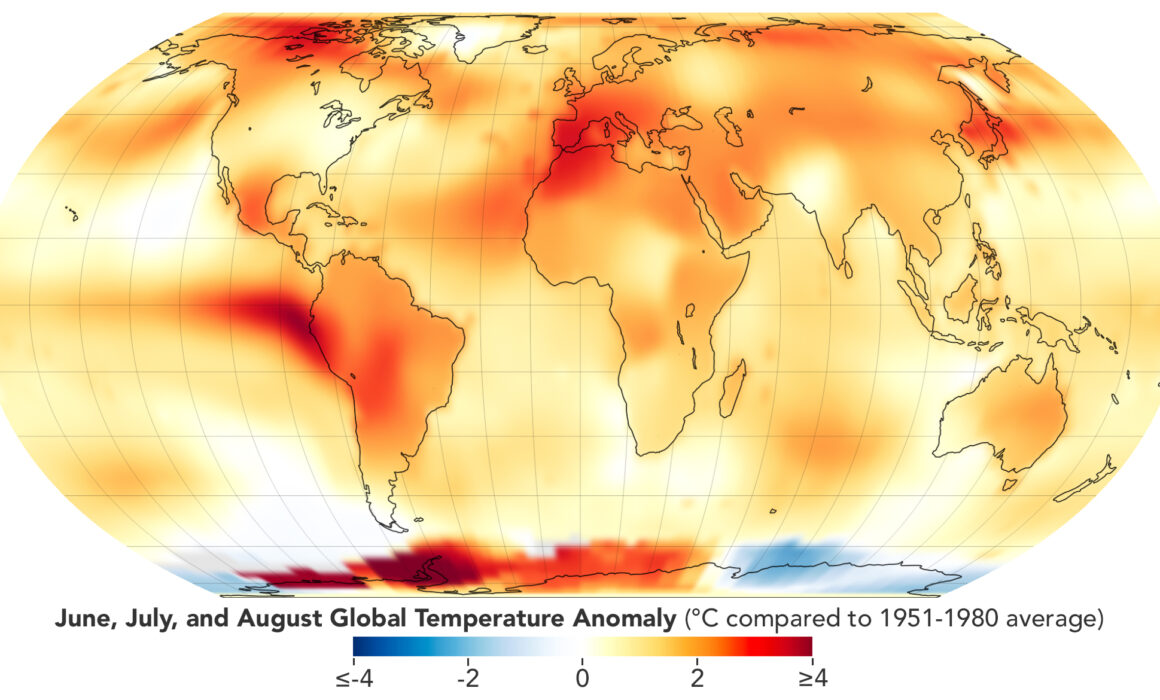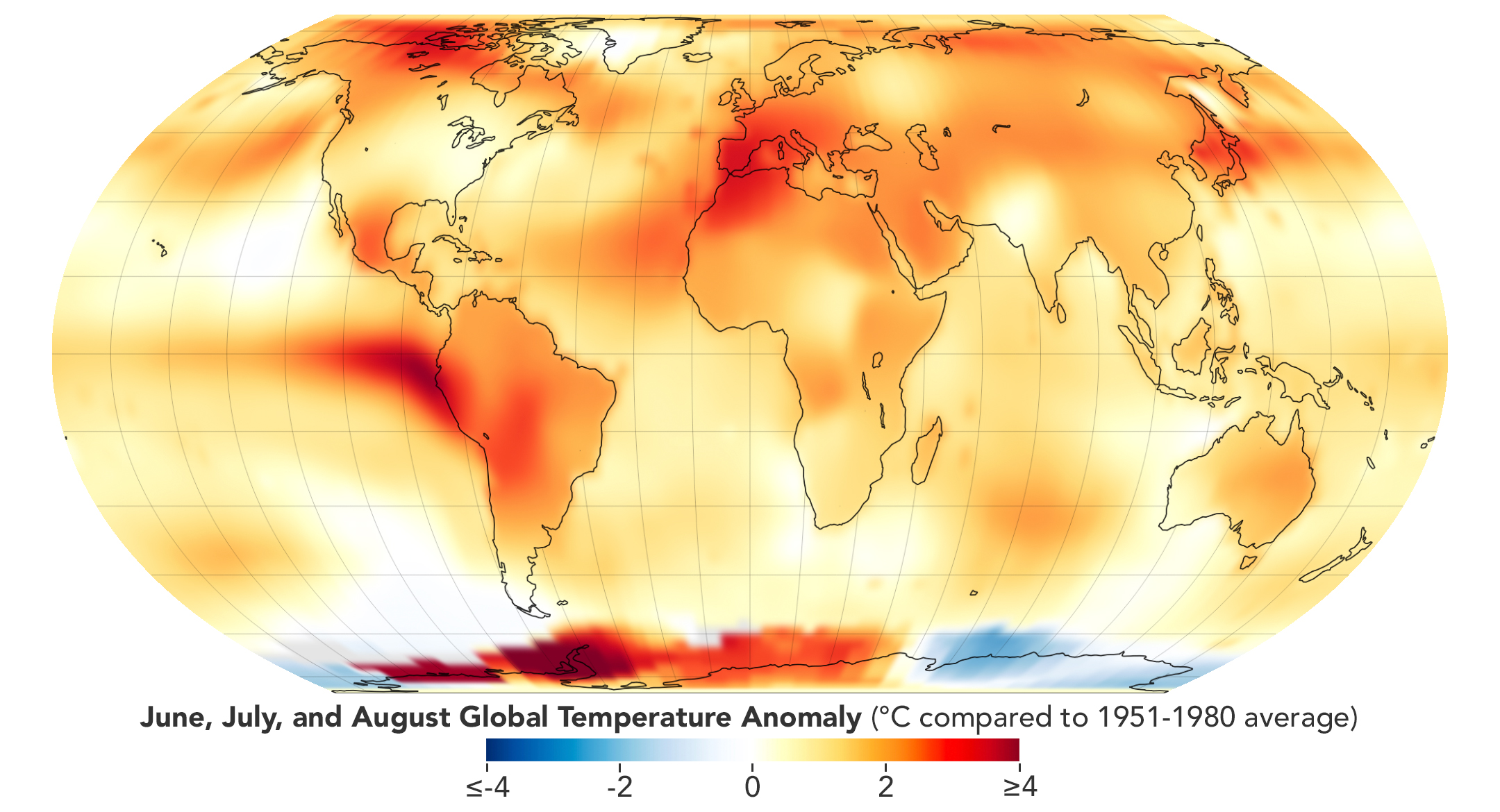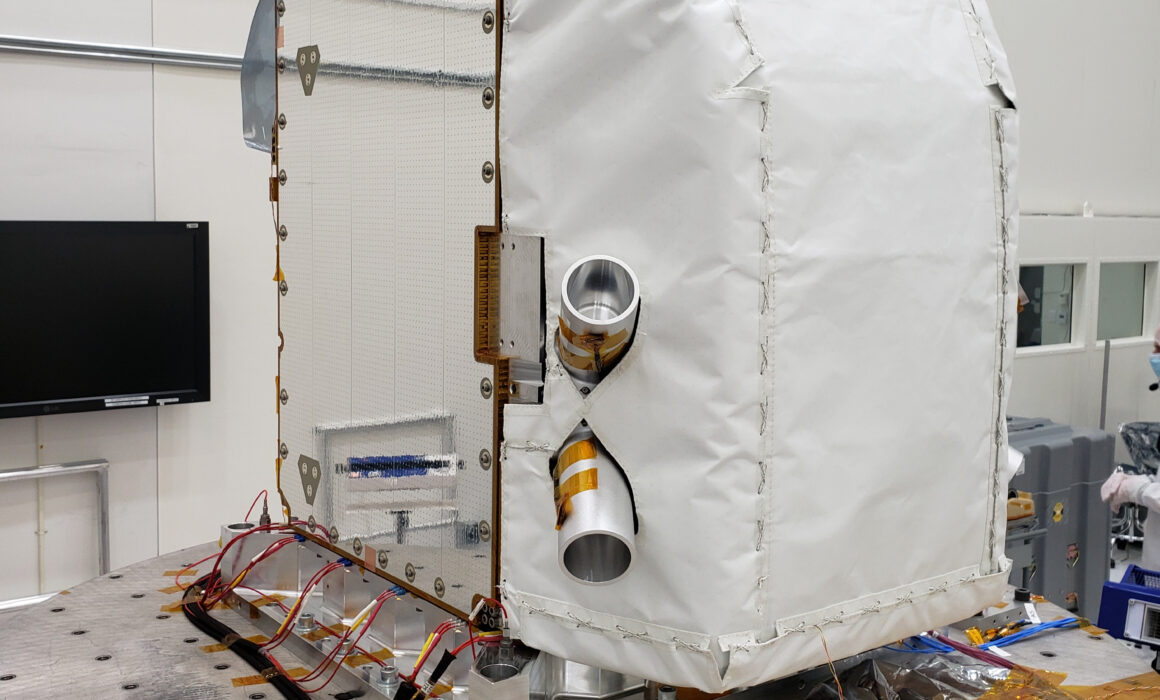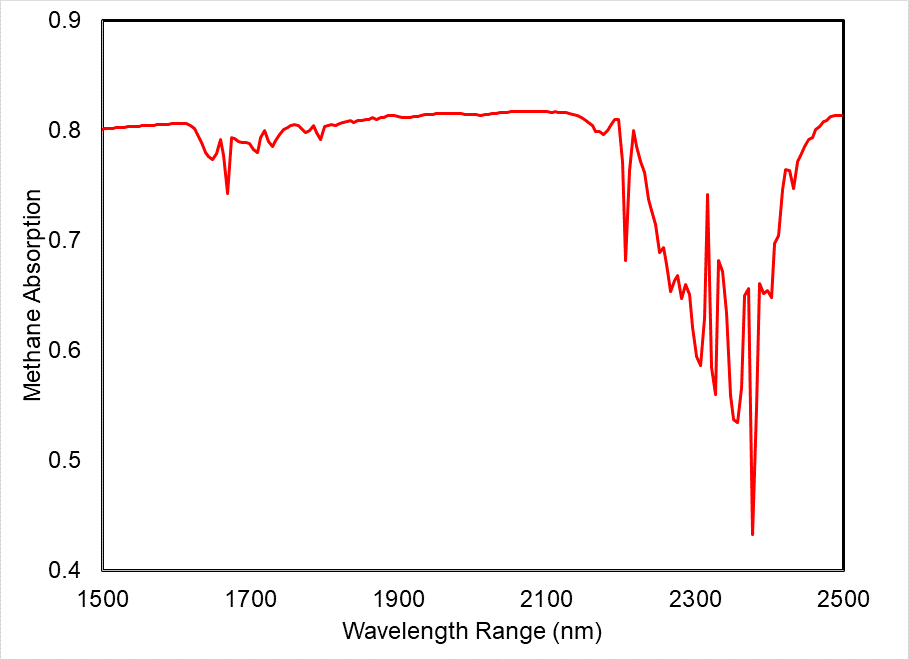On 18-19 September, the United Nations will convene a major summit to review the state of the Sustainable Development Goals (SDGs) — the 17 global goals that governments agreed upon in 2015 to guide action towards a prosperous and just future. With research showing that the SDGs have since then had little political impact, the UN Summit must pave the way for four major changes in how the SDGs are implemented and governed globally, argues an international group of experts in Science.
The article, based on research led by Utrecht University in the Netherlands, brought together a group of scholars with broad expertise in global sustainability governance. “Our research has shown that the SDGs lack any sizeable impact on political systems,” argues Frank Biermann, professor at Utrecht University and the lead author of this study. He continues, “Now is the moment for change. Governments must urgently launch a process to strengthen the SDG framework through four make-or-break reform measures.”
Four reforms needed
First, the expert group calls for the SDGs to be strengthened in a way that commits high-income countries to stronger and more concrete action. So far, wealthier countries often focus on those SDGs that they can most easily achieve, and the agenda’s universal approach may be obscuring unequal global consumption and emissions patterns. Also, with inadequate finance holding back SDG implementation in the Global South, stronger commitments by high-income countries to equitable financing solutions are needed.
Second, the SDGs must be adjusted to new challenges, improved scientific understanding, and past failures in implementation. The goals must become more adaptable to escalating crises of ecological breakdown, global pandemics, and rising inequalities, and the UN should introduce regular review rounds where countries can adjust their ambitions to evolving global circumstances.
Third, the SDGs are not legally binding and are often merely vague commitments. While this approach has helped to bring all governments together under the broad banner of the SDGs, it is no longer enough. Instead, governments must together take steps to turn at least parts of the SDGs into binding international law. The authors highlight the ongoing negotiations for an international treaty to end plastic pollution as an example, which is linked to SDG 12 (Sustainable Production and Consumption).
Fourth, many SDGs are poorly embedded in the structures, policies, practices, and norms of local, national, and international institutions and political systems. Governments need to build stronger institutions, both internationally and at home, to make the SDGs a fundamental part of how they operate and make decisions. To support this, the researchers argue that much stronger global oversight of the SDGs is needed. One option would be the creation of a UN Council on Sustainable Development as a major center of global sustainability coordination in the UN system. They also draw on recent research showing the SDGs are making notable impact through the work of cities, provinces, and parts of civil society, arguing that strengthening these networks can also play a key role in accelerating the SDG agenda.
A global agenda
“The SDGs must be supported across the board by all levels of government, civil society and the private sector. Only this will ensure that our world will make meaningful progress towards global sustainability,” argues Dr. Yixian Sun, an assistant professor at University of Bath in the United Kingdom and co-author of this study.
The UN’s 17 Sustainable Development Goals sit at the heart of the UN’s global “2030 Agenda for Sustainable Development.” One of a string of recent high-profile global megaconferences attempting to mobilize action for a sustainable future, the UN SDG Summit in September 2023 could act as a springboard to achieving the goals by 2030. Professor Biermann: “The SDG Summit is a crucial event to pave the way for a major reform process that will allow the floundering SDGs to deliver on their promise of a global sustainability transition, while ensuring that no one is left behind.”

















Recent Comments